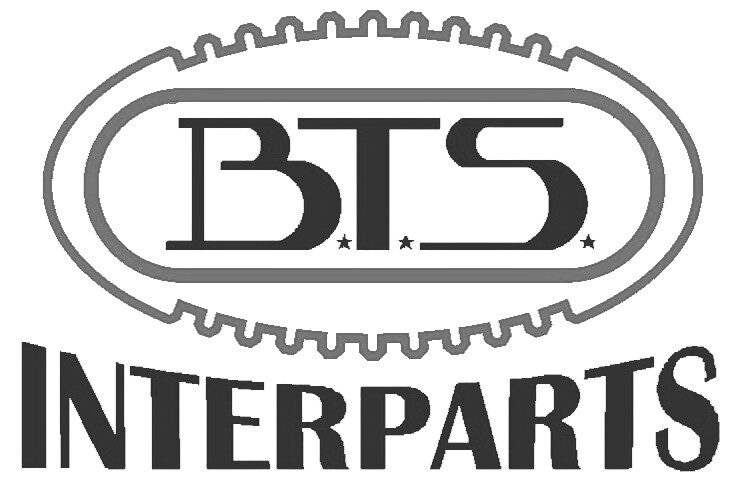PVC Conveyor Belt
A PVC Conveyor Belt is a type of conveyor belt made from polyvinyl chloride (PVC). It is one of the most commonly used belts in light- to medium-duty material handling applications. Known for its affordable cost, chemical resistance, and customizability, it is widely used in industries like packaging, logistics, printing, electronics, and more.
PVC conveyor belts have a thickness of 2.0-4.0 millimeters. The top surface is glossy, made from Polyvinylchloride cadmium free (PVC), the bottom is nylon fabric (Nylon), used in general industries with normal environments. Can withstand heat not exceeding 80 degrees Celsius, reasonably resistant to chemicals, cheap, used for transporting lightweight products. Popularly used in the food industry
🔍 Key Features of PVC Conveyor Belts
- ✅ Affordable – Lower cost compared to PU belts.
- ✅ Water and oil resistant – Suitable for dry and mildly wet environments.
- ✅ Anti-static and flame-retardant options available
- ✅ Available in different surface textures – smooth, rough top, ribbed, etc.
- ✅ Color options – white, green, black, blue depending on use.
- ✅ Operating temperature: typically from -10°C to +80°C
📦 Common Types of PVC Conveyor Belts
| Type | Description | Use Case |
|---|---|---|
| Smooth PVC Belt | Flat, smooth surface | General goods, boxes, cartons |
| Rough Top PVC Belt | Textured surface | Anti-slip for inclined conveying |
| Chevron Pattern Belt | V-pattern (lugs) | For steep inclined conveying |
| Cleated PVC Belt | With vertical cleats | To separate and push items upward |
| Perforated PVC Belt | With holes | For air flow or vacuum systems |
🏭 Industries That Use PVC Belts
- 📦 Packaging – carton and product handling
- 🚛 Logistics/Warehousing – sorting and transport lines
- 🖨️ Printing & Paper – sheet and stack conveyors
- 🖥️ Electronics Assembly – light product handling
- 🍫 Food (non-oily/dry) – dry snacks, bakery (non-FDA usage)
⚠️ Note: For food contact applications requiring hygiene and chemical resistance, PU belts or FDA-certified PVC belts are recommended instead.
🔧 Selecting the Right PVC Conveyor Belt
To choose the right belt, consider:
- Product weight and size
- Conveyor length and speed
- Incline angle (flat or angled?)
- Environment – humid, oily, dusty?
- Required surface grip – smooth vs textured

